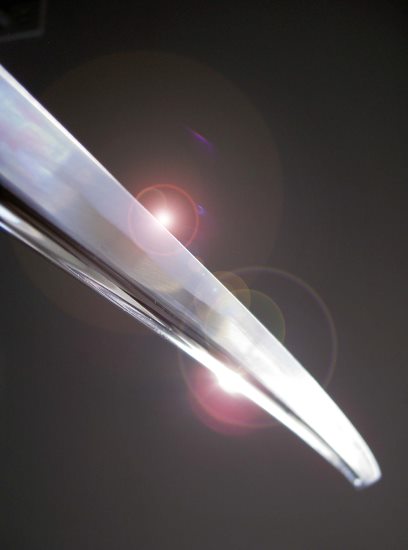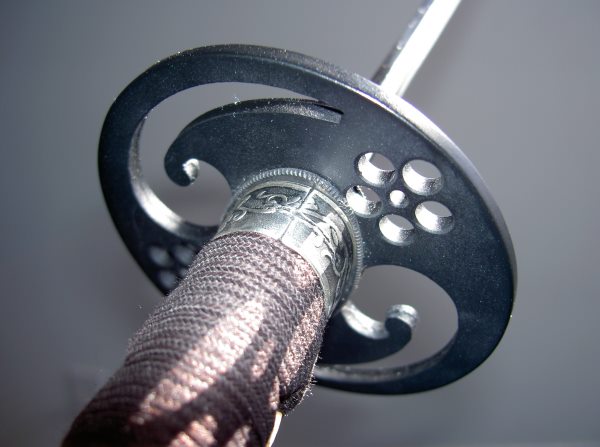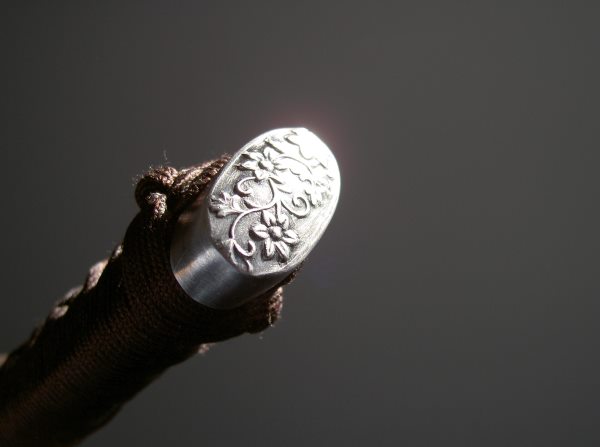Rhona
is a recipient of the Haruna Bursary to the Guelph
Spring Iaido Seminar. The
following is from her sensei.
Rhona’s Readiness
copyright © 2007 Chris Gilham, all rights reserved
Words need not be spoken when assessing whether or not a person is
ready for learning. She nods her head, grins that ‘I know what you’re
talking about’ grin, and humbly acknowledges her openness to learning
through the language of her stance and posture.
Rhona is ready for learning.
Rhona is ready for learning all the time, it seems.
Rhona’s readiness results in progress.
Training in Iaido once a week is a difficult pace for recognizable and
measurable progress. Rhona trains once a week. Her path is a slower
one, and this is fine because the goal in training is primarily to
train, and to continue to seek improvement, perpetually. Without a
readiness to learn progress would not happen. Rhona understands this.
She told me so with her grin, just the other day. ‘Slow and steady wins
the race’ really doesn’t apply: Rhona is on the winless path, as we
should be.
Fruitfully, Rhona’s training continues on multiple levels outside the
training hall. With discipline and determination, Rhona teaches and
plays Piano. Often, Iaido and Piano resonate through flow and timing,
rhythm and balance. She told me so in her writing, on several
occasions. Her sword pictures powerfully play with light. Patience and
understanding are necessary for such skill. Committee work is the act
of being in service to others. Rhona’s roles on various committees
speak of commitment and passion.
Perhaps the essential core message is this: Rhona has had a
long-standing readiness for Iaido training. Iaido is but one key among
many chosen, conscientiously and intentionally, as a vehicle for the
expression of fundamental character traits or principles for living.
For many of us Iaido has found us. For others, they have found Iaido.
Rhona is ready for learning.
Rhona has long been ready for learning – well before she joined us in
Iaido training.
We are well taught through example, by her readiness.


